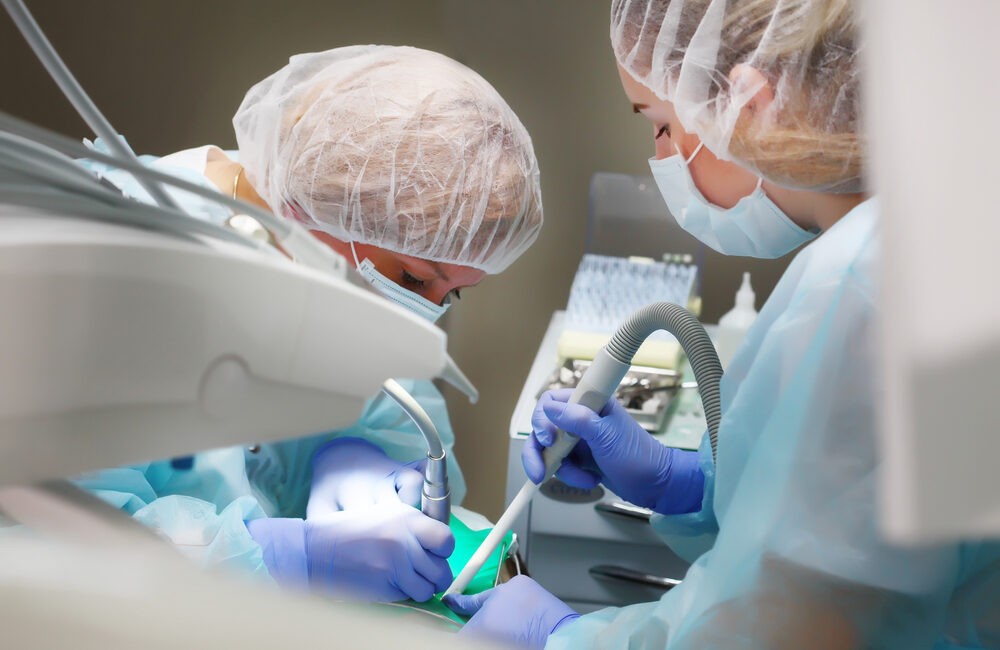
The immediate need for modern emergency dental care becomes evident during toothache emergencies or incidents that break or chip teeth. The present-day methods that deliver efficient pain-controlled dental treatments emerged because people invested years in continuous scientific and technical progress.
The advancement of oral care science converted traditional dentistry from emergency treatment-based care into an advanced patient-focused medical discipline.
From Ancient Solutions to Early Medical Practices
Throughout human history before the advent of modern equipment ancient societies battled against the same tooth troubles that we know today which included dental decay fractured teeth, and oral infections. Archaeological evidence reveals that people tried dental drilling by using primitive tools including flint tools starting at 7,000 B.C. yet this practice was dangerous and exceedingly painful.
Medical experts in ancient Egypt along with those in Rome conducted tooth extractions that served as the primary method of pain relief while working without modern medicine practices during the procedures. The dental practices from early times differed significantly from modern approaches which ensure safety in treatment.
The Modern Era: Technology Meets Compassion
Modern emergency dentistry exists as a professionally precise practice which delivers both rapid results and patient comfort to patients. The combination of Digital X-rays enables dentists to make better diagnoses faster and 3D imaging along with computer-aided design enables rapid day-to-day procedures for crowns and implants. Laser dentistry eliminates damaging invasion tools thus enabling faster recovery periods combined with minimal discomfort. Modern oral care treatments demonstrate significant progress in both crisis resolution and sustained prevention strategies and patient wellness improvements.
Why Access to an Emergency Dentist Matters?
In the modern world, having access to an emergency dentist offers peace of mind, especially when dental emergencies strike outside regular business hours. The timely involvement of dental professionals prevents more dental problems and helps save your natural teeth while reducing your painful experience. The present-day dental clinic sector dedicates priority to emergency services because they enhance accessibility by providing extended hours and weekends along with quick response systems.
Looking to the Future of Emergency Dental Care
Modern research activities and technological advancements will lead to the development of more tailored and successful dental treatments in the future. Artificial intelligence system currently assists dentists with precise medical diagnostics and new medical materials and procedural techniques reduce patient treatment times and minimize invasiveness. The development of dental treatments follows an endless path that reshapes what can be achieved for both urgent and scheduled treatment needs.
Milestones in the 18th and 19th Centuries
The 18th and 19th centuries marked a turning point in the evolution of oral care treatments. Dental science became more systematic, moving beyond simple extractions. Fillings made of gold, silver, and even lead were used to restore decayed teeth. Equally groundbreaking was the introduction of anesthesia in the mid-19th century, which made dental surgery less traumatic and more accessible to the general public. These advancements were the early signs of a future where dental care would prioritize both effectiveness and patient comfort.
Emergency dental history demonstrates how advances from science and technology and compassionate human care lead to significant medical progress. Modern patients possess the assurance of secure distance to highly professional dental assistance because scientific breakthroughs have established emergency dental services throughout every region.



